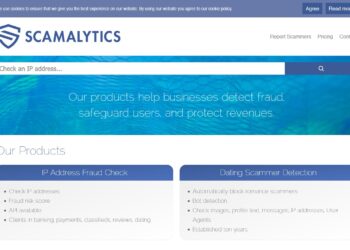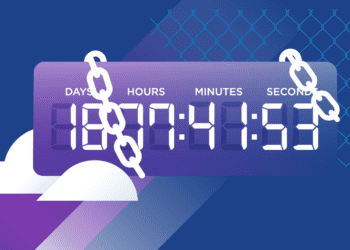It’s no secret that in today’s world, it is difficult to protect your privacy. It’s now more important than ever to keep your information safe and protect yourself from identity theft. Here are nine easy steps for protecting yourself when browsing the web.
1. Use a VPN
A VPN, or virtual private network, is a great way to protect your information online. A VPN encrypts every packet of data that leaves your computer before it goes out over the internet and decrypts them once they’ve reached their destination. This makes it much harder for people who are trying to intercept the connection between you and whatever site you’re trying to visit. A VPN will also hide your location, which is great for people who are trying to avoid targeted ads or other personalization features that might be used on certain sites.
Many popular websites have begun offering their own version of a free VPN service, but you should always use caution when using these services because they are often collecting information about you and selling it to third parties.
2. Use Multi-Factor Authentication
Multi-factor authentication (MFA) is a security feature that requires more than one piece of information to log in to an account. The most common type of MFA is two-factor authentication, which requires you to provide something you know like a password and something you have like a code sent to your phone. This means that even if someone is able to figure out your password they will not be able to log in unless they have access to something you own.
If an account offers MFA security, you should definitely enable it. It is usually pretty easy to set up and will go a long way towards protecting your information from would-be hackers or thieves. Many banks, email providers, social media platforms, and other websites offer two-factor authentication as an added security feature for their users.
3. Use a Strong Password and a Password Manager
A strong password is one of the best ways to protect your information online. It should be something that is difficult for other people to guess and you should not use the same password for multiple accounts.
You also need to use a password manager. A password manager can help you keep track of all your different passwords and make sure they are strong and unique. There are a number of great options for password managers, both free and paid.
4. Update Software and Operating Systems
Most software and operating systems have a mechanism for checking to see if there are any updates available. These updates usually fix problems or vulnerabilities discovered in the system since it was released, which means someone could potentially use them to access your computer or account. Make sure you take the time to install any updates that are available as soon as possible, as they will help keep your information safe and secure.
5. Use an Antivirus Program
Antivirus programs scan your computer for viruses and other malware and help to protect you from attacks. They are not 100% effective, but they can help reduce your chances of getting infected by a virus or other piece of malware. There are many different antivirus programs available, both free and paid. You should choose one that best suits your needs and make sure to keep it up-to-date.
6. Browse and Shop from Reputable Sites
Always verify the integrity of the site you visit by looking for the little lock sign on the left. If you see the lock, this is proof that the site is encrypted and is safe for your browsing. Extra care should be taken when you are shopping online, and some of the safety measures to adopt are:
- Check the web address for typos or added letters to avoid scam websites. You should also ensure the URL reads “https” and not “http”
- Verify the site’s rating in popular consumer review platforms
- Take note of the website’s design and overall user experience. Avoid sites with excessive ads, lack of clear fonts, and no contact form or active customer service team.
7. Be Alert of Phishing Scams
You need to be alert of popular phishing scams to avoid falling victim to one. Some of the best practices to abide by include:
- Never click on suspicious links
- Double-check the authenticity of emails you receive before acting
- Never share critical information such as credit card details, physical address, or other personal details via email thus preventing credit card fraud and various forms of identity theft.
8. Secure Your Social Media Accounts
One of the best ways to upgrade your personal security is by taking better charge of your social media accounts. Start by changing your privacy settings to keep your information safer, limiting how much personal information you share, and restricting the number of devices you use to log into these accounts.
9. Install Privacy Protection Extensions
Privacy protection extensions effectively limit how much ads and data will be collected from you while browsing. These extensions will also warn you when you visit an insecure website while allowing you the option to disable ad blocks and data tracking on safe sites.
Endnote
These are just a few of the ways that you can protect your identity online. Implementing these tips will help to keep you safe from cybercrime and other online threats.






